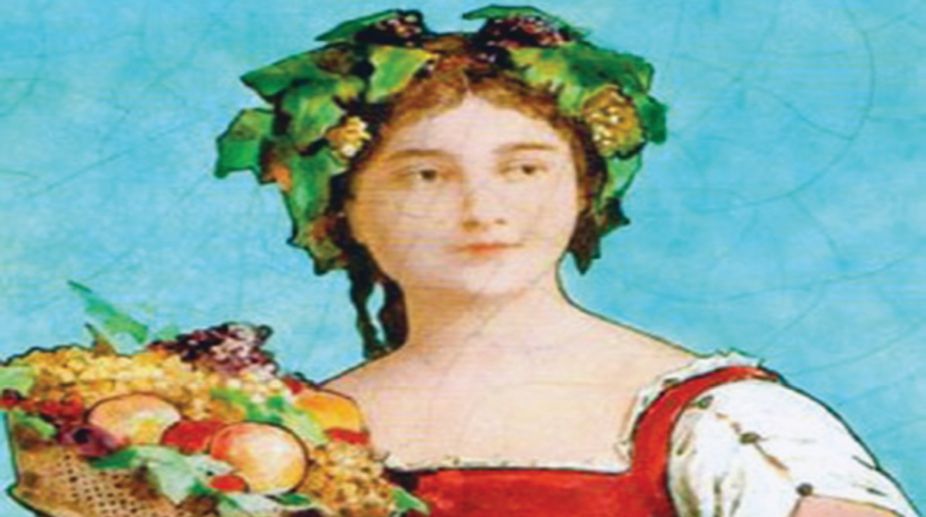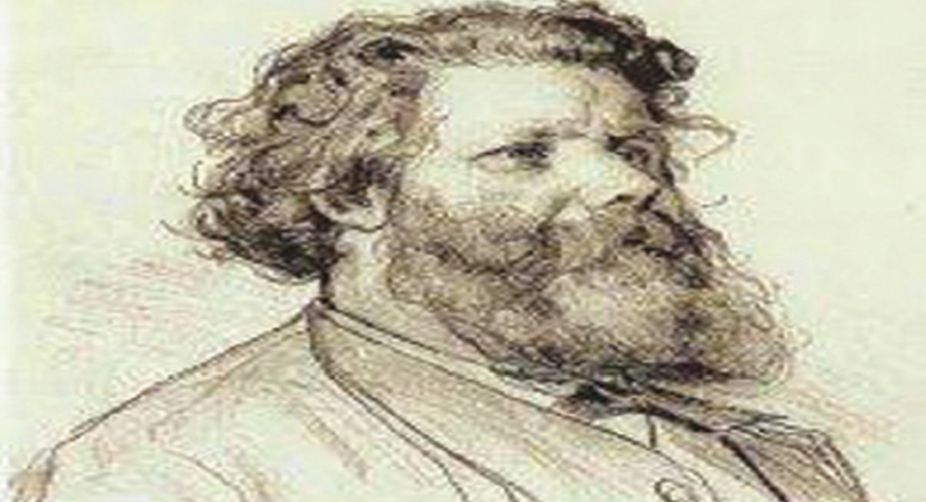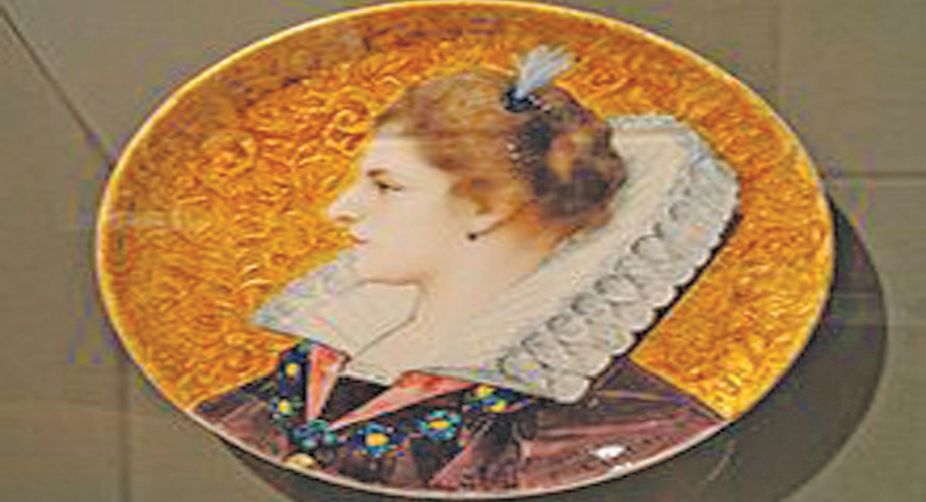When is Eid-ul-Milad, know story behind the festival
The festivities of Mawlid are neither prohibited nor obligatory in the Muslim law.
Theodore Deck remained enchanted by Oriental art all his life and made a number of long trips to Germany, Austria and Hungary and many Middle Eastern countries and went as far as China and Japan to master the details of ancient ceramic methods.

Young Lady With Flowers
Theodore Deck cannot be categorised as a simple ceramist because his works appear to turn away from all the established rules of bone china, terracotta and porcelain techniques.
His masterpieces reveal him as a painter who had chosen to apply his creative imagination on tiles, plates and vases rather than on canvases. Born in 1823 Guebwiller in the northeastern French region of Alsace, by his mid-20s Deck would become an initiator of newer ceramic artistries and a celebrity in his own right.
Unlike other European contemporaries who were fascinated by seashores, woods and pastures in their quest for Impressionist and post-Impressionist visions, Deck remained enchanted by Oriental art all his life and made a number of long trips to Germany, Austria and Hungary and also to many Middle Eastern countries and went as far as China and Japan to master the details of ancient ceramic methods.
Advertisement
He was also fascinated by Arabic calligraphy and many of his works represent verses from the Holy Quran. His successive triumphs were rapid. By 1856, he was already the owner of a workshop in the centre of Paris and soon enough was named director of the National Ceramics Plant based in the city of Sevres. At this point, he was intellectually mature enough to author a comprehensive book La Faïenceo (Earthenware) which is considered a respected and authoritative reference.

Purposefully ignoring all the other ceramic movements of his time, Deck also did further research into Europe’s past and persistently dug into the techniques much in vogue in the Renaissance period that were totally overlooked by the mid 19th-century art professionals.
The artist unveiled chemical secrets of the colourful luminescence in Islamic works that never showed human portraits but had initially remained fairly complicated arrange-ments of plants, flowers and Arabic alphabets.
Deck’s discovery was the coating of the ceramic bases with tin oxide that bestowed the works their unusual charm. His perseverance brought him very close to the centuries-old methods practised by Persian and Turkish craftsmen also who had produced large amounts of floral faïence creations.
Once his experiments were over, Deck presented his first Persian style faïence in 1861 in the much respected fair called Exposition des Produits de l’Industrie. He was honoured with a silver medal and high accolades were paid to him by the critics for the “refined qualities” and “intensity of tones” in his creations.
He was enthusiastically received in London as well. The South Kensington Museum, now called Victoria and Albert Museum, bought a number of Deck’s works that can still be seen there. “They glimmer with dazzling hues like electric sparks”, wrote one critic.

By end of the 19th century and until his death in 1891, Deck devoted much of his time to traditional techniques and, at the height of the industrial revolution, launched a far-reaching artistic movement not only in Europe but in the United States as well where ceramists began — on his initiative — to draw inspirations from the Oriental approach.
One symbolic moment in Deck’s career would remain an invitation by the Roman prince and art lover Georges Stirbey to come to the Parisian suburb of Courbevoie and work on the décor of his newly constructed Roybet-Fould Museum.
This exclusive chef-d’oeuvre titled The Four Seasons, and most of the other creations normally kept in the Theodore Deck Museum in Guebwiller, are currently part of a magnificent show just across the River Seine and no more than about 25 minutes of bus ride from the Champs Elysées.
The writer is an art critic based in Paris
Dawn/ ANN
Advertisement